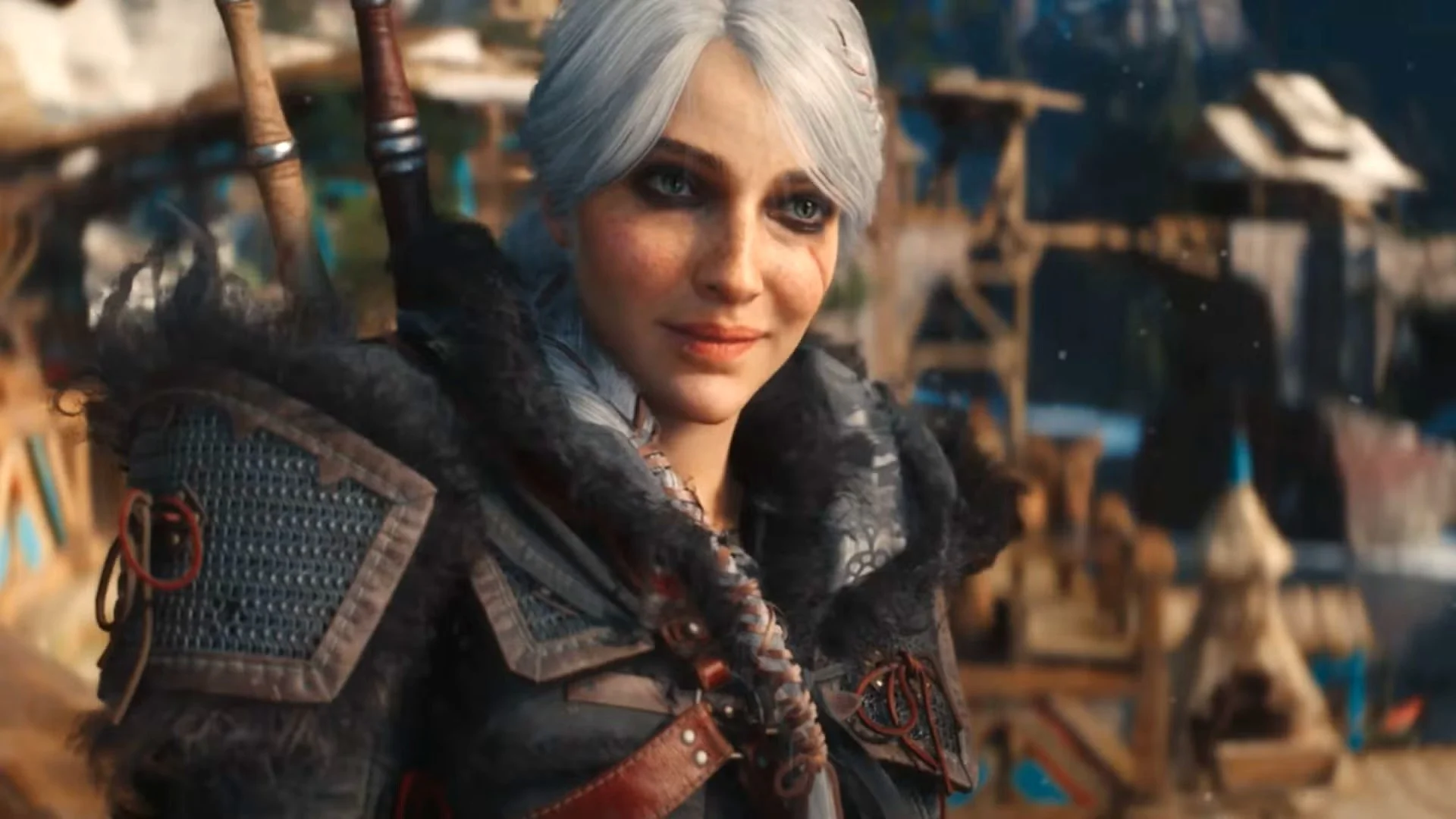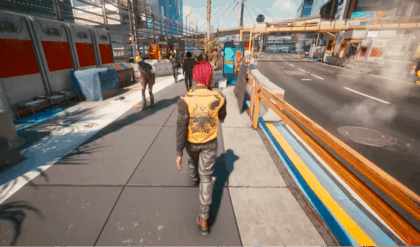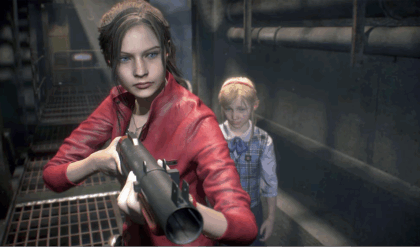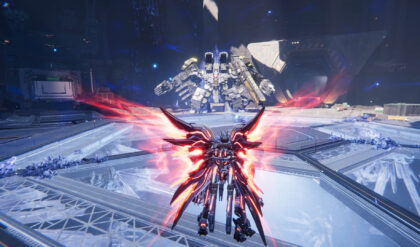The Witcher 4, developed by CD Projekt Red (CDPR), has been one of the most anticipated titles since its cinematic reveal at The Game Awards 2024, promising a new trilogy with Ciri as the protagonist. On June 3, 2025, CDPR showcased a 14-minute tech demo at Epic Games’ State of Unreal 2025, running on Unreal Engine 5.6 at 60 FPS with ray tracing on a base PlayStation 5. The demo, set in the never-before-seen region of Kovir, featured Ciri navigating rugged mountains, dense forests, and a bustling port town, Valdrest, complete with dynamic NPC interactions and photorealistic environments. Hailed as a “next-gen” leap, it sent fans into a frenzy, with some claiming it rivals Grand Theft Auto VI in ambition. However, CDPR’s subsequent clarification that the demo was not gameplay but a “technological showcase” sparked outrage, reigniting accusations that the AAA gaming industry, and CDPR in particular, relies on deceptive hype to sell unfinished products. This article explores the controversy, its roots in CDPR’s history, and what it reveals about trust in AAA gaming, drawing on fan reactions and industry context.

The Tech Demo: A Dazzling but Deceptive Display
The State of Unreal 2025 demo was a visual marvel, showcasing Unreal Engine 5.6’s capabilities like Nanite Foliage, Smart Objects, and Mass Framework, which simulates thousands of NPCs with minimal performance cost. The demo opened with a cinematic of a carriage attacked by a winged beast, seamlessly transitioning to Ciri exploring Kovir’s mineral-rich mountains and Valdrest’s vibrant marketplace, complete with jugglers, bears, and fish sellers. CDPR’s Sebastian Kalemba called it “the most immersive and ambitious open-world Witcher game ever,” while co-CEO Michał Nowakowski praised the 60 FPS performance on PS5 as a milestone in their Epic Games partnership.
Fans initially celebrated the demo’s fidelity, with X posts proclaiming it “the best fish market in gaming history” and comparing its visuals to GTA VI. Streamer Asmongold lauded its cinematic quality and Kovir’s expansive landscapes, fueling hype for Ciri’s monster-hunting saga. However, CDPR’s clarification to outlets like Eurogamer and IGN that the demo was not gameplay but a “heavily computed, pre-rendered sequence” designed to showcase Unreal Engine tools like ML Deformer and Fast Geo Streaming triggered a backlash. The demo’s quest, involving a salt merchant’s missing cargo, and its characters may not appear in the final game, further muddying perceptions.
Fan Outrage: Echoes of Cyberpunk 2077
The backlash stems from CDPR’s history of overpromising. The Witcher 3: Wild Hunt (2015) was a critical and commercial triumph, selling 60 million copies, but its initial reveal trailers exaggerated features like dynamic NPC behavior, which were scaled back at launch. Cyberpunk 2077 (2020) was a more egregious case, with pre-release demos showcasing a polished open world that the final game—plagued by bugs, missing features, and poor performance on last-gen consoles—failed to deliver. Fans on X and Reddit, like one who posted, “CDPR’s demos are always stunning, but they never match the final product,” pointed to this pattern, accusing the studio of misleading marketing.
The Witcher 4 demo’s “gameplay” label, later retracted, hit a nerve. A Reddit thread on The Witcher Subreddit called it “Cyberpunk 2077 all over again,” with users citing CDPR’s 2024 promise to avoid past mistakes. CDPR’s global PR director, Radek Grabowski, had claimed the studio learned “hard lessons” from Cyberpunk, yet fans felt the demo’s presentation—initially framed as a glimpse of Ciri’s adventure—echoed the same overhyped reveals. On X, one user vented, “Why show a fake quest in a fake town if it’s not the game? Just be honest!” The controversy intensified as fans recalled CDPR’s 2024 statement that The Witcher 4 would be “better, bigger, greater” than The Witcher 3 and Cyberpunk, raising expectations that the demo failed to temper.
CDPR’s Defense and Industry Context
CDPR defended the demo, emphasizing it was a showcase of Unreal Engine 5.6’s potential, not a slice of The Witcher 4. A spokesperson told VGC, “It’s a first look at the cutting-edge technology powering The Witcher 4 – but not The Witcher 4 itself,” highlighting tools like Unreal Animated Framework and Nanite Foliage that will shape the game’s open world. The demo, running on a base PS5 with ray tracing, demonstrated technical optimization, a priority after Cyberpunk’s console struggles. CDPR also noted that Kovir’s mountains and Valdrest’s port will be playable, even if the demo’s specific quest and NPCs may not.
The studio’s transparency about the demo’s nature came after initial fan excitement, suggesting a communication misstep rather than deliberate deception. CDPR’s partnership with Epic, announced in 2022, aims to push open-world design, and the demo was partly a flex of their collaboration, with tools like Mass Framework set to benefit the wider industry. However, fans argue the demo’s cinematic-to-gameplay fluidity, presented live, implied a closer-to-final product than CDPR’s “early milestone” claim suggests, given the 2027 earliest release date.
This controversy reflects broader AAA gaming trends. Publishers often use tech demos or vertical slices—polished but unrepresentative snippets—to generate hype, a practice seen in games like Anthem (2019) and Starfield (2023). The industry’s high development costs, often exceeding $200 million, pressure studios to secure pre-orders and investor confidence, leading to flashy reveals that don’t match final products. CDPR’s shift from RedEngine to Unreal Engine 5, a major technological leap, amplifies this need to prove their vision, but fans, burned by Cyberpunk, demand greater honesty.
The Bigger Picture: Trust in AAA Gaming
The Witcher 4 controversy underscores a trust deficit in AAA gaming. Fans on X and Reddit frequently cite cases like Ubisoft’s Watch Dogs (2014) or BioWare’s Anthem, where reveal trailers promised features absent at launch. A 2025 X post lamented, “AAA studios keep lying with fake demos, and we keep falling for it.” This sentiment is fueled by rising expectations: Baldur’s Gate 3’s 2023 success, with its deep RPG mechanics and polish, set a high bar, and fans expect The Witcher 4 to match or exceed it, especially after CDPR’s bold claims.
CDPR’s history makes them a lightning rod for criticism. While The Witcher 3 overcame early hype discrepancies to become a classic, Cyberpunk’s launch damaged trust, with Hasbro reporting $90 million in losses before patches restored its reputation. CDPR’s 2024 commitment to avoid Cyberpunk’s mistakes, echoed by CEO Adam Kicinski’s promise of a 2027-or-later release, aimed to rebuild confidence, but the demo’s mixed messaging suggests old habits die hard.
Yet, not all fans are cynical. Some on Reddit argue the demo’s transparency—clarifying its tech focus post-reveal—shows progress, and its PS5 performance signals a smoother launch than Cyberpunk. One X user posted, “If CDPR delivers half of what that demo showed, it’ll still be incredible.” The demo’s Kovir setting, with its mineral-rich mountains and vibrant Valdrest, excites book fans, and Ciri’s protagonist role, voiced by Jo Wyatt with a seasoned edge, has drawn praise.
What’s Next for The Witcher 4?
The Witcher 4 remains in full-scale production, with CDPR targeting a 2027 release at the earliest, potentially aligning with next-gen consoles like the PS6. Alongside it, CDPR is developing a Witcher 1 remake and a multiplayer title, Project Sirius, diversifying their portfolio. The demo’s tech, while not final gameplay, sets a visual and performance benchmark, with Unreal Engine 5.6’s tools promising a “deeper” open world, as CDPR’s Philipp Weber told VGC.
To regain trust, CDPR must balance hype with candor. Future reveals should clearly distinguish tech demos from gameplay, and regular updates on development—like Larian’s transparent Baldur’s Gate 3 patches—could help. Fans also want assurances that Ciri’s story, set in Kovir’s uncharted lands, lives up to The Witcher 3’s narrative depth, especially after Geralt’s iconic trilogy.
Conclusion: A Lesson in Hype and Honesty
The Witcher 4’s tech demo, while visually spectacular, has reignited debates about AAA gaming’s reliance on misleading hype. CDPR’s clarification that the demo isn’t gameplay, coupled with their Cyberpunk 2077 baggage, has fueled accusations of dishonesty, with fans feeling burned by a pattern of overpromising. Yet, the demo’s technical achievements and Kovir’s promise show CDPR’s ambition, and their post-reveal transparency suggests an attempt to learn from past mistakes. The controversy highlights a broader industry issue: in an era of soaring budgets and expectations, studios must prioritize trust over spectacle. As The Witcher 4’s development continues, CDPR has a chance to prove they’ve grown—not just as tech innovators, but as storytellers who respect their fans’ faith.





